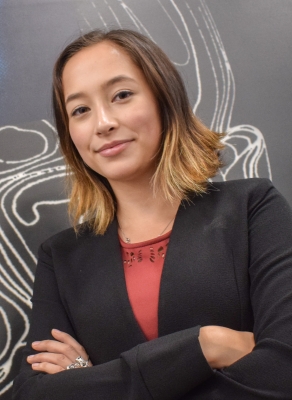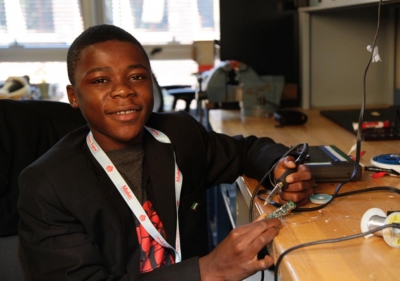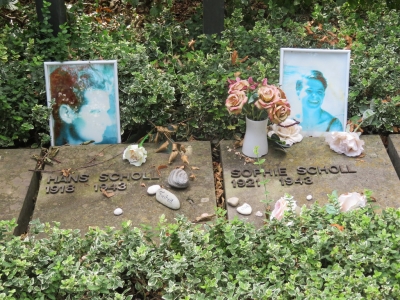Who built a wind turbine to power multiple electrical appliances in his family's house?

Being asked to drop out of school because one cannot afford the fees can be heartbreaking for someone who wants to learn. William Kamkwamba had to quit his schooling when his family ran out of funds to support his education because of a famine. But William loved learning new things, and school education wasn’t the only way for him to do so. This is his story.
The drive to learn
William Kamkwamba was born on August 5, 1987 in Dowa, Malawi, and grew up on his family farm in Masitala village, Wimbe.
William was educated in Wimbe Primary School and on the completion of his eighth grade, was accepted to Kachokolo Secondary School.
William was just a few months into his freshman year at school when his family asked him to drop out. They were unable to fund his schooling as the famine in the country in 2001 had pushed them into a financial crisis.
Though he was upset, William did not accept his fate. Instead, he started borrowing books from a small community lending library in his primary school. As he kept reading more and more books, he started to develop intrest in electronics. He would also repair radios in the village, though it would not earn him much money.
Harnessing the wind
One day in the library, he found two textbooks related to energy and electricity – Explaining Physics, and Using Energy. The cover of Using Energy featured towering windmills which “appeared so powerful that they made the photo itself appear to being motion”. It also explained in detail how to make a windmill and its many uses.
William was inspired by the image and the topic. He thought windmills might be the answer to bring Malawi out of darkness.
Malawi is one of the poorest countries in Africa, short on many resources. However, the country receives a steady wind flow, making windmills a viable option for producing electricity.
William decided to build a windmill of his own to power bulbs in his home. He started with a small prototype using a radio motor. Then, with help from his friend and a cousin, William started his search for makeshift parts to construct the real windmill.
His plan was to attach blades to the axle of a bicycle and generate electricity through a bike dynamo (a small electrical generator for bicycles). So, when the wind blows the blades, the sprocket and bike chain would spin the bike wheel that would charge the dynamo and send current to the house through a wire.
He sourced the parts of his windmill through a broken bicycle, tractor fan blade, an old shock absorber, and blue gum trees. He hooked the windmill to a car battery for storage of electricity.
When he was done, his windmill’s wing span measured eight feet and sat atop a 15-foot-tall rickety tower.
His creation was a success, and hid house and his windmill managed to light up his house and also charge the mobile phones of neighbours.
The word spreads
William’s windmill attracted attention from the moment it was completed. Villagers thronged his home to see the windmill.
In 2006, an education official from the region who heard about the windmill, came to see the it and was shocked to know that William had been out of school for nearly five years.
Impressed by his creation, the official arranged for William to attend secondary school at the government’s expense. He also invited journalists to see the windmill, and a story was published in the Malawi Daily Mail. This, in turn caught the attention of bloggers and the organisers for the Technology Entertainment and Design (TED) conference.
In 2007, William spoke at the TED global conference in Tanzania. Post which, venture capitalists stepped forward with offers to fund his education and projects.
Spreading his wings
The money from capitalists helped William put his cousin and several other friends back in school. It also paid for his family’s medical needs.
With the money, William also went on to drill a borehole for a well and water pump, install drip irrigation in his father’s fields, and install solar panels in his and a few other homes.
William finished his schooling and attended the Dartmouth College in Hanover, New Hampshire, the U.S., where he graduated with a degree in 2014.
He is currently working with organisations and helping in developing infrastructure in his village and country.
What makes him special?
Despite facing financial constraints, William found a way to pursue his love for learning and, in turn, lit up homes and the lives of the people in his village.
Picture Credit : Google


